Boeing’s CST-100 Starliner propulsion system was put to the test at NASA’s White Sands Test Facility in New Mexico.
The firm say that teams ran multiple tests proving both the vehicle’s in-space maneuvering system as well as the critical launch abort system.
The test used a flight-like Starliner service module with a full propulsion system comprising of fuel and helium tanks, reaction control system and orbital maneuvering and attitude control thrusters, launch abort engines and all necessary fuel lines and avionics.
During the test:
— 19 thrusters fired to simulate in-space maneuvers;
— 12 thrusters fired to simulate a high-altitude abort;
— 22 propulsion elements, including the launch abort engines, fired to simulate a low-altitude abort.
“With the safety of our astronauts at the forefront of all we do, this successful testing proves this system will work correctly and keep Starliner and the crew safe through all phases of flight,” said John Mulholland, vice president and program manager of Boeing’s Commercial Crew Programme.
“The milestone paves the way for the upcoming pad abort test and flights to and from the International Space Station later this year.”


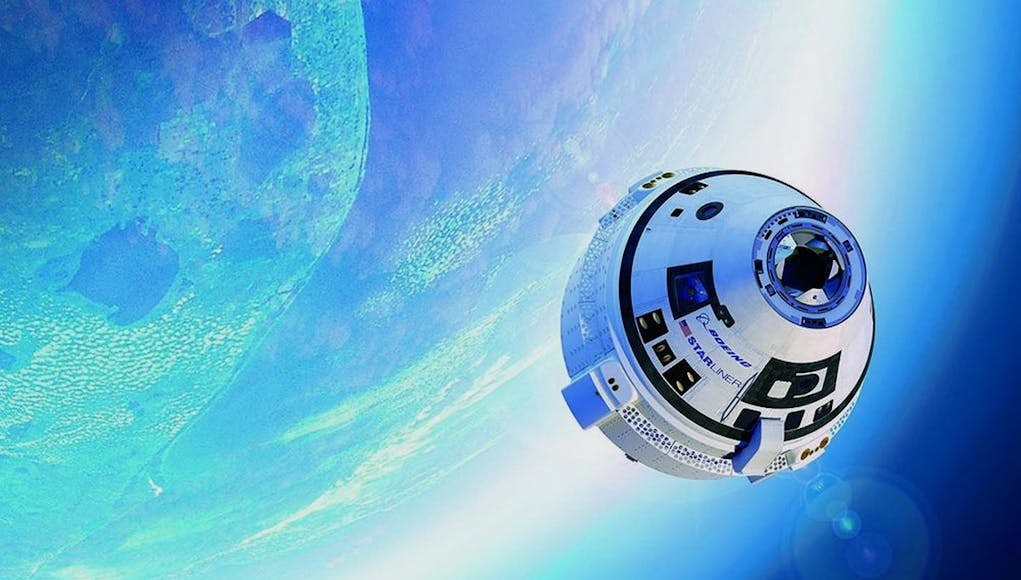
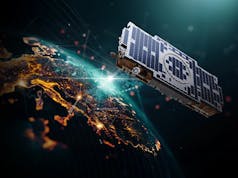
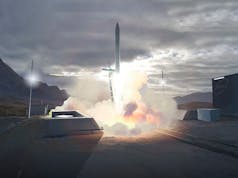



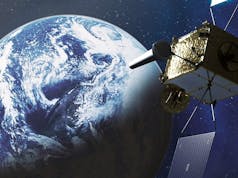

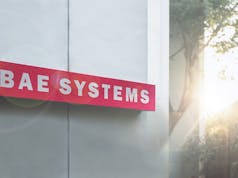

Americas got lots of exciting new space capsules ect all coming close to completion, future looks great.
After space X accident I’m Glad NASA selected two companies, hopefully in the next decade we can see some real commercial space programs develop around them.
Don’t you think the capsule design looks old fashioned? I know it’s the best aerodynamic design for a passive re-entry, using an ablative coating to protect the crew/ship whilst using aerobraking to slow the capsule down as it gets into denser air. Surely there must be another method of controlled re-entry from exo-atmosphere?
Well there’s also this in development
https://en.m.wikipedia.org/wiki/Dream_Chaser
Seems like this has been around for ever but finally looks to be quite close to realisation on a practical level if recent production decisions come to fruition.
I believe much of the design is indeed re-hashed from stalled previous work from years back and updated specifically to save money and shorten the time to in service date.
It certainly seems a combination of the USAF’s proposed Dyna Soar project and the lifting body research NASA did in the ‘60’s. Perhaps if the Russians hadn’t kicked off a space race we might have gone that route rather than using rockets – the successor to the X-15 was intended to go into orbit.
One thing about the Space X Dragon capsule that’s very different though – it’s a reusable design, just like their rockets.
Compared to a few years ago post the Shuttle years, NASA seemed to be lost. It has only recently been since the emergence of competitive tending from private companies and China’s headlong technology rush, that NASA have started to ramp up again.
The capsule route is the most easiest to implement because there’s over 50 years of experience in manufacturing and using them. Therefore, for private companies this is the quickest route to space. However, there is no real technological advancement, except in material specs. The Burt Rutun idea of a re-usable space-plane should be the way to go, however the engine is old technology and the current design requires a mothership to get it into low earth orbit (just).
The true breakthrough will be with aircraft that can single stage to orbit, return and then be turnaround again to repeat the process. I am hoping that Reaction Engines Sabre engine will solve this problem.
I think part of the issue is that we still have to use the atmosphere to slow down and this generates enormous amounts of heat. The heat is so extreme it finds flaws and takes revenge. Space shuttle Columbia being an example when damaged, from what would have appeared to be a fairly trivial event, although NASA was very concerned.
To counter the atmosphere braking, vast amounts of fuel are required to slow the craft, as much as was required to leave the planet in the first place as more fuel requires more fuel to carry the weight of the more fuel (and so it goes on and on). This means a launch vehicle has to be enormous beyond anything we have today or refuelled in space with the fuel transported on numerous autonomous non returning craft.
The long and the short is any craft with wings or other extremities is going to really suffer on re entry and so must be checked and serviced before the next flight. Engine will also require detailed inspection as the operational environments are simply so hostile. Hence the simple traditional design.
Also, when a design is right it tends not to evolve other than subtle changes and mass increases. Sharks and crocodiles are classic natural examples.
The Columbia damage was far from trivial, but what really killed the Shuttle were the financial compromises forced on NASA by Congress. If they’d funded the original design with a resusable launcher there would have been no SRBs and no Challenger disaster. There would also not have been a foam covered external fuel tank, the cause of the Columbia loss.
And, if NASA hadn’t had to take on USAF demands for large cross range manoeuvrability on re-entry the length of rentry and the ferocity of heat experienced would have been far less for Shuttles.
BTW by comparison with launch, very little fuel is required for rentry, just compare the size of the EFT with the onboard RCS and OMS pods.
My point was the damage looked trivial as it was low impact from something that had it occurred on the road, probably the driver would ignore. Hence my point about re entry being so hostile and finding any flaw. NASA was very concerned, but saw the likely damage as being out of scope for the astronauts and chose not to attempt any repair.
The relationship between NASA and USAF may have influenced design and capability, but does not alter the requirements of re entry and how it tests the best design.
My point on fuel use on re entry has been misunderstood. To re enter with low friction therefore low heat requires the high fuel load to slow down. Current practice is low fuel load, high re entry speed.
This is an interesting article on the subject and other stuff.
https://www.forbes.com/sites/quora/2017/02/03/why-is-it-so-difficult-for-a-returning-spacecraft-to-re-enter-our-atmosphere/#597058a01177
Ok I now understand what you mean. Rather than use atmospheric braking to slow the craft, which results in friction and the high temperatures, instead de-orbit and fire thrusters to slow the craft that way.
Well Space X do something similar already with the Falcon 9 first stage, though not from orbital speed, but still around Mach 5.
By reorientating the rocket and reigniting it’s engines it slows itself naturally, which is why I doesn’t have an ablative shield. That’s why on some launches they can’t recover the stage as very high orbit launches use up all available fuel.
The BFR/Starship will be doing something similar I believe, which is why they can use stainless steel for the hull.
But it will still be a fraction of the fuel required for launch, as the major fuel cost on launch is overcoming gravity.
The other way to de-orbit is too lose speed very slowly, maybe using an ion drive which needs little propellant in addition to atmospheric friction. But that would take weeks to perform.
I’d disagree, what Space X is an evolutionary approach but technologically advanced. Both the Dragon capsule and Falcon 9 rocket are fully reusable, something NASA failed to achieve with its Shuttle. And their BFR/Starship looks to surpass anything that NASA’s most optimistic designers could ever have hoped for.
There are things they’ve missed, an aerospike engine would have made Space X launches even more efficient and profitable, but that would have added 5 to 10 years of extra development time.
The Sabre and Skylon sound amazing, but I remember them being proposed as HOTOL back in the 1980’s. It will be decades before it flies.
As for China… I see another Longmarch rocket just suffered another “rapid, unplanned, disassembly” ?
Ooh, not heard of China’s latest inadvertent return to earth. I do believe China is rushing their designs and manufacturing by cutting on their quality control. I think its all part of the headlong rush of evolving their super power status. If they are anything like the Russians of whose attitude is why bother it either works or it doesn’t?
A friend of mine once worked for a certain satellite company in Southampton as part of the engineering assurance team. It takes months to pass all the quality checks, which is why they are much more reliable and generally surpass their planned for lifex dates.
The idea of using an ion engine may not be as mad as it sounds. I know that Southampton University have developed a new more powerful version, that has been attached to a satellite going to Neptune this summer. It has a much larger initial impulse power that what is currently available, but is also scaleable, so could be made much bigger. OK, I admit still not in the same league as a chemical rocket, but its a start.
Could you imagine if the Sabre engine had been invented by an American, would it be a stretch to say it would be operational by now?
50 years ago humans landed on the moon, at ca. 21:17 GMT. It seems important.
Getting commercial companies to take care of the low orbit stuff was one of Obama’s smarter moves.